Biomedical Engineering Reference
In-Depth Information
This order of magnitude can be obtained from a simple three-dimensional
model of an isotropic network of cylindrical pores, leading to (Guyon et al
.
2001):
K
=
φ
(2
a
)
2
96
φ
3
S
V
×
1
T
=
1
×
6
×
(3.8)
T
where
T
is the tortuosity of the pores. In relation to this simple model of
twisted and crooked pores, channels crossing a thickness
L
of the medium in
the wise stream perfusion direction display an “effective pore length”
L
P
such
that
L
P
=
T
L
2
×
(
T
≥
1)
(3.9)
The reality in such media is much more complex, with dead-ending or
connecting pores. This means there is a need to scale the permeability from the
capillary tube model to include increased path length owing to the crookedness
of the path (tortuosity) or lack of connection between points in the medium
(connectivity). In theory, the two parameters should be inversely related, with
highly connected (or highly porous) substrates having low tortuosity and vice
versa. For the purpose of this chapter we will consider the two parameters
interchangeable and propose an order of magnitude of 10 for the tortuosity
parameter of highly connected porous biomaterial (corresponding to what is
found in biological porous tissue such as trabecular bone). These concepts
and formula were applied in Table 3.1 to evaluate the specific permeability of
some porous substrates currently used in osteoarticular tissue engineering.
As a result, in various culture processes, the choice of the implant scaffold
(chemical nature and physical properties) is a key parameter for the success
of the culture.
3.4.2 Microarchitectural Design of Substrates
Tissue formation requires a physical support on which the cells can adhere,
migrate, proliferate, and differentiate. As these processes are often
in fine
associated with neovascularization, the supporting material should be porous.
Ideally, the pores should be interconnected to favor rapid and complete angio-
genesis within the implant. The pore size should be greater than 150
m
to allow formation of new tissue (Shors 1999). Since the ultimate goal is to
completely replace the defective site, owing to a new organoid, a resorbable
vehicle should be preferred: the ideal material should resorb in parallel to
the new tissue formation so that the mechanical support provided by the
vehicle can be progressively and completely replaced by new tissue. One of
the greatest diculties with cell therapy lies in obtaining such an optimal
vehicle.
Even if three-dimensional cultures of tissues can be achieved without using
any artificial scaffold (see e.g., Gemmiti and Guldberg 2006), the majority of
cell cultures in the framework of tissue engineering need the use of a porous
µ


Search WWH ::

Custom Search